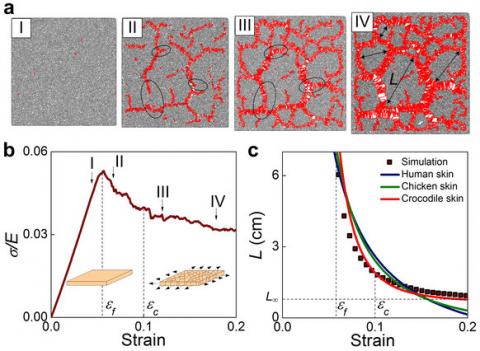III) Fragmentation Process

The simplest example of a fragmentation process is the stick–breaking process, More precisely, let us consider a stick of unit size and say that after an exponentially distributed time the stick breaks into two pieces of length β and 1 − β respectively. Then each of the resulting smaller sticks independently repeats the procedure and the process continues ad infinitum. The stochastic process λ = (λ(t))t∈R0+ , consisting at each time t ∈ R0 of the decreasingly ordered set of the lengths (λn(t))n∈N of the sub–sticks present at time t, constitutes a so–called (conservative) mass fragmentation process (without erosion) In general such processes can have a much more complicated structure. Firstly, the splitting does not need to be binary, that is the stick could break into a random, possibly infinite, number of pieces. Secondly, the time between two splittings does not need to be exponentially distributed with a finite parameter as the splitting times may be dense in R+0 .

